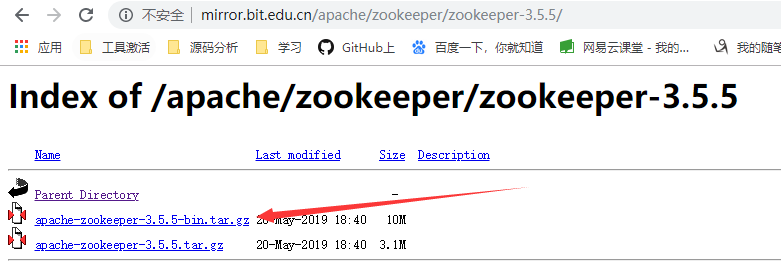I am trying to access database call_history.db in jailbroken iphone. i am able to access call_history.db for iphone 4 with ios 4.1 . But the problem is i am not able to access the database in iphone 3gs with ios 3.1.3.
When i try to open the database for 3gs i get the following database error :
'unable to open database file'
i use different paths for ios 4.1 and ios 3.1.3
ios 4.1 in iphone 4 - /private/var/wireless/Library/CallHistory/call_history.db
and ios 3.1.3 in iphone 3gs - /private/var/mobile/Library/CallHistory/call_history.db
any help would be greatly appreciated. Thank you.
Update : I fetch the call_history.db in the following way
//NSString *path=@"/private/var/wireless/Library/CallHistory/call_history.db";//for ios 4.0 and above call_history.db
NSString *path=@"/var/mobile/Library/CallHistory/call_history.db";//for ios 3.0 and above call_history.db
if(sqlite3_open([path UTF8String], &database) == SQLITE_OK)
{
//code for fetching the calls goes here.////
NSLog(@"call_history present");
}
else {
NSLog(@"Failed to open database with message '%s'.", sqlite3_errmsg(database));
sqlite3_close(database);
}
Here the output is the error : "unable to open Database file"
i noticed that i am not able to access the Library folder in both iphones through the above code. I am able to retrieve all the file manually through ssh.




